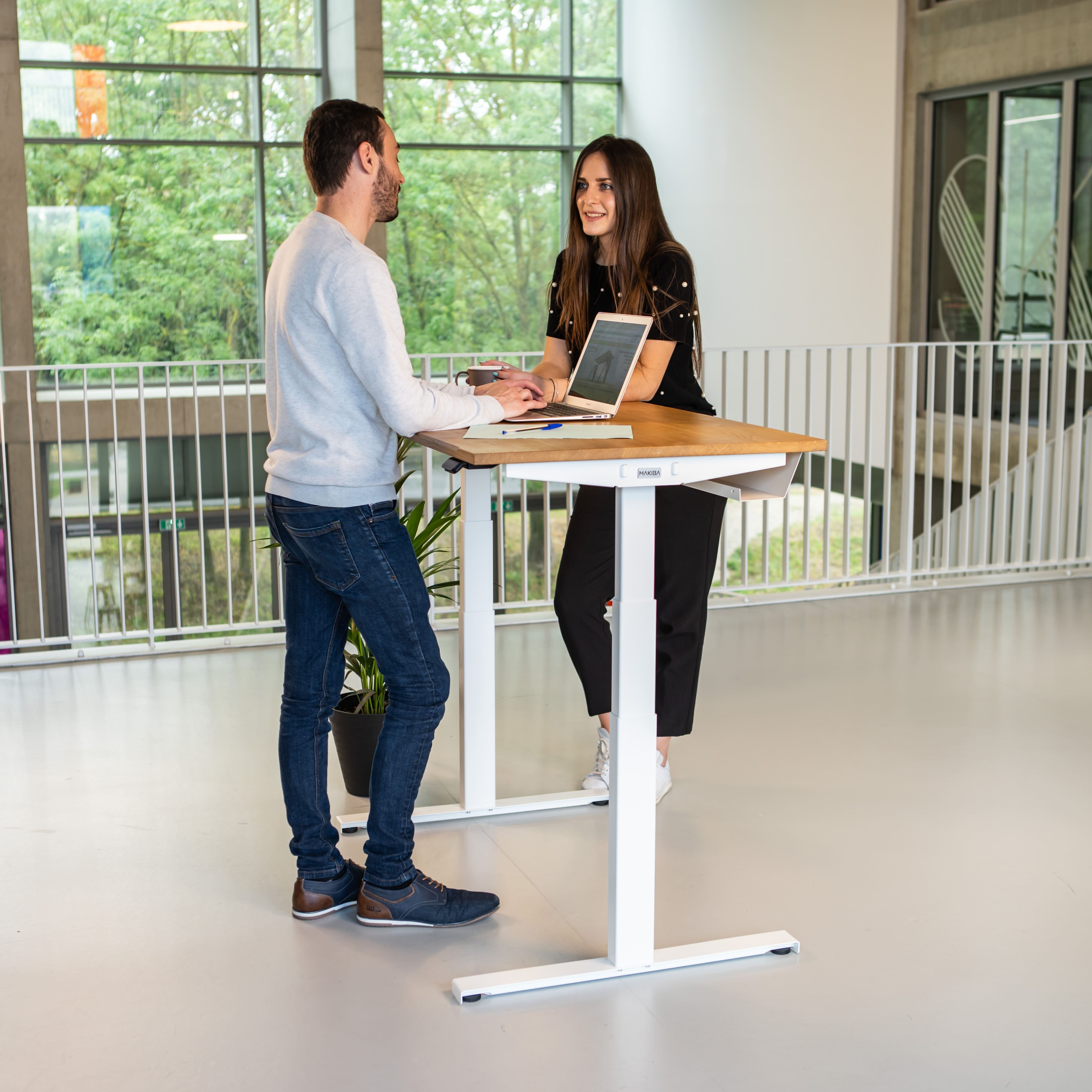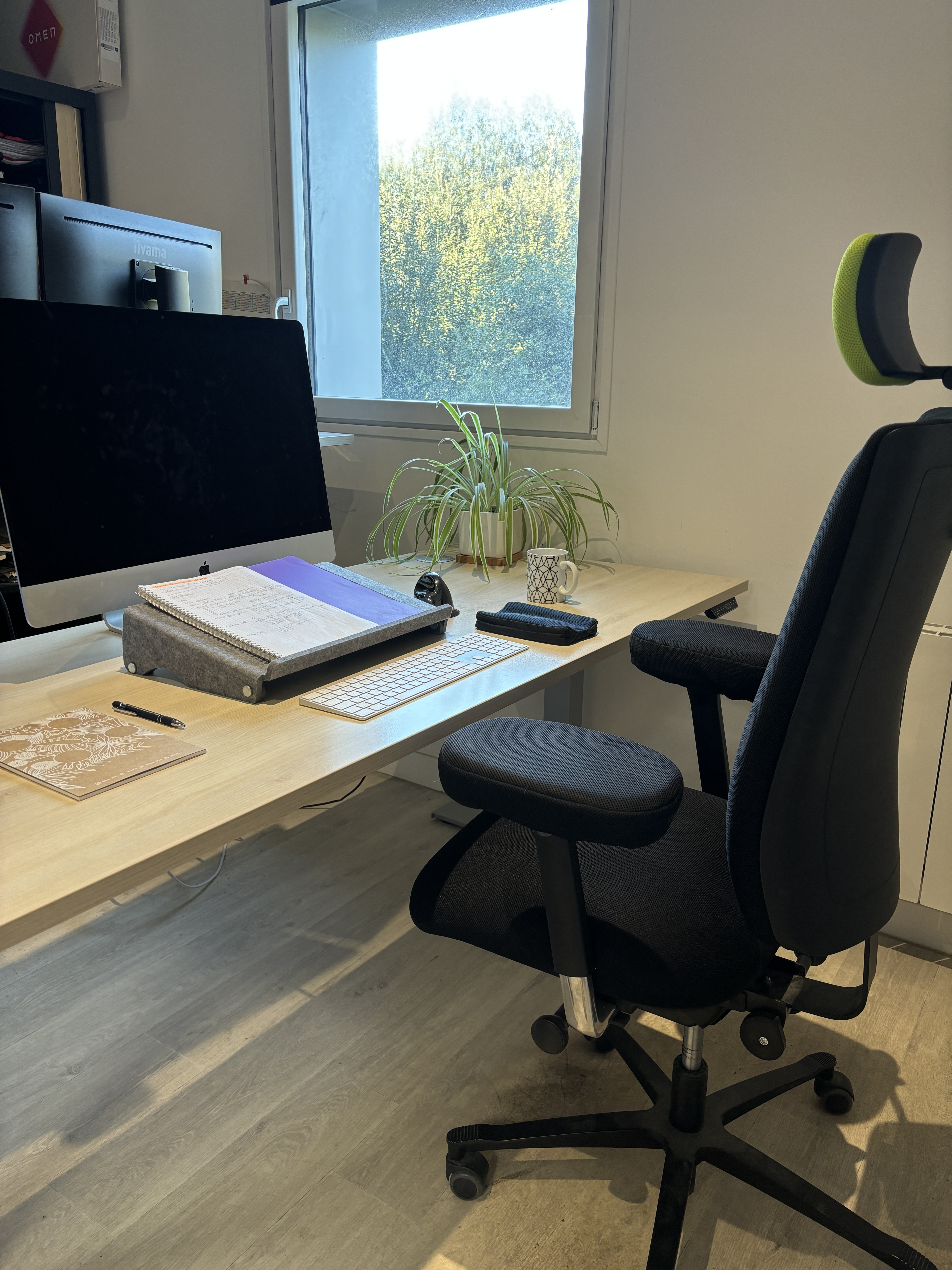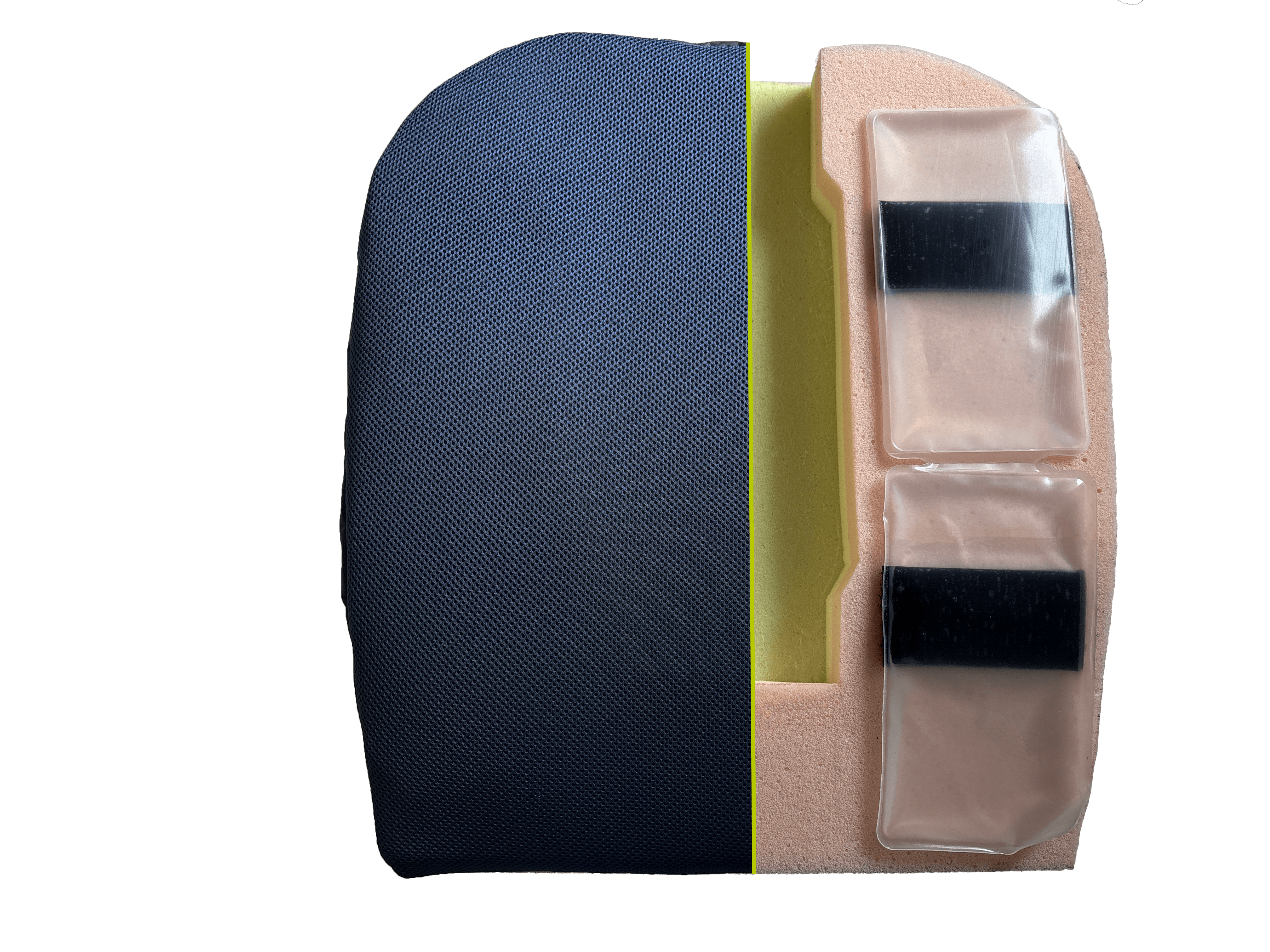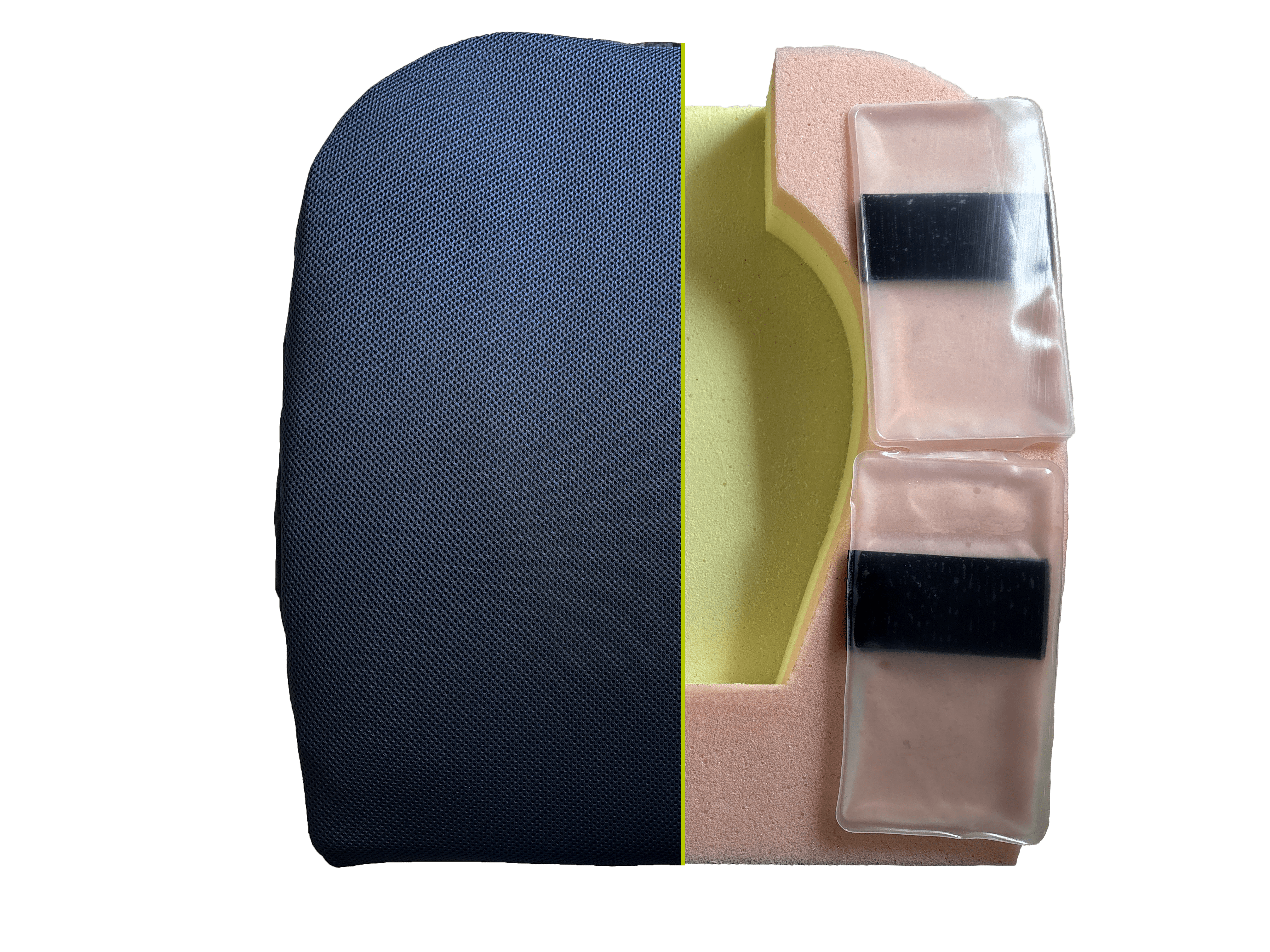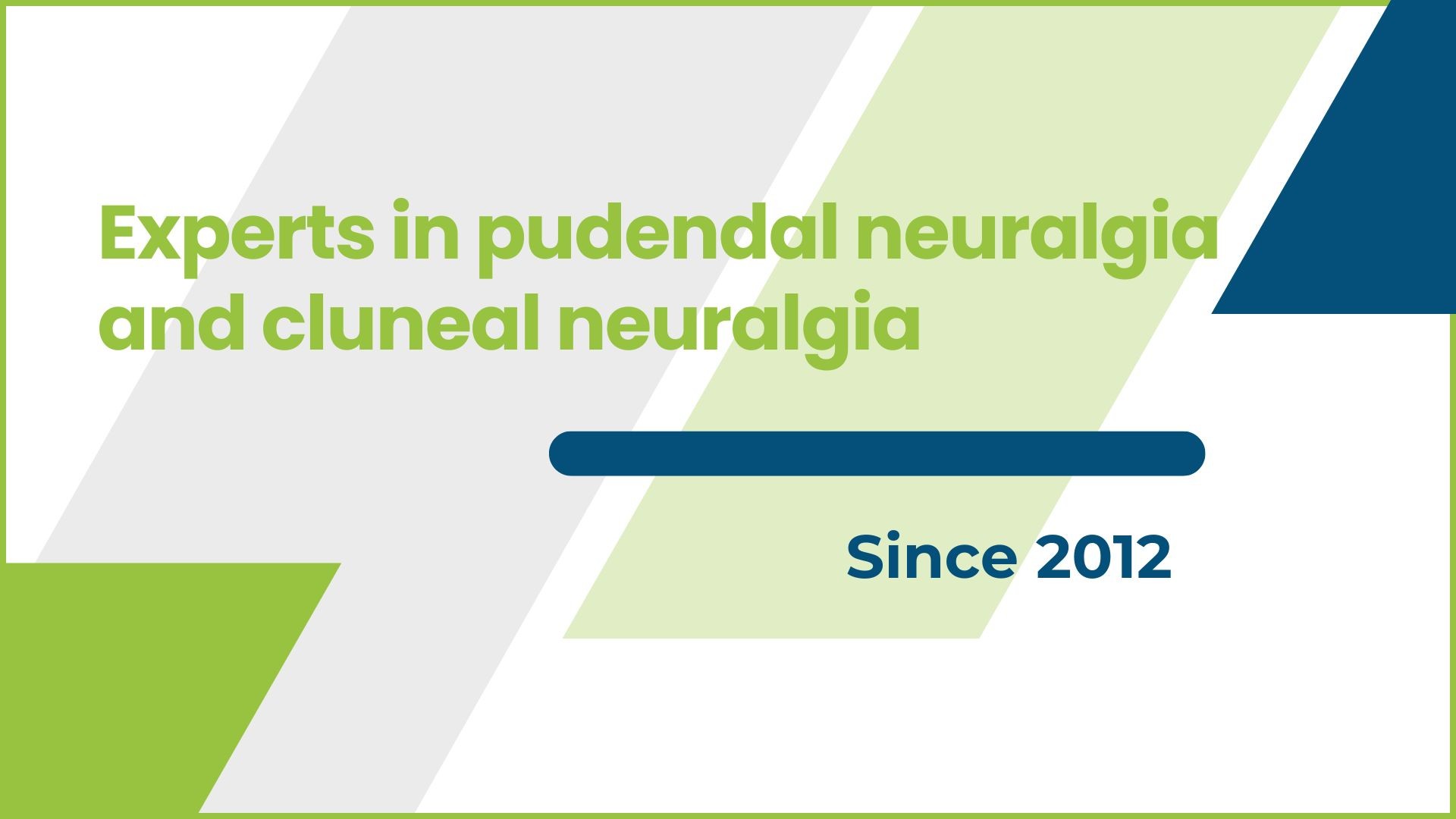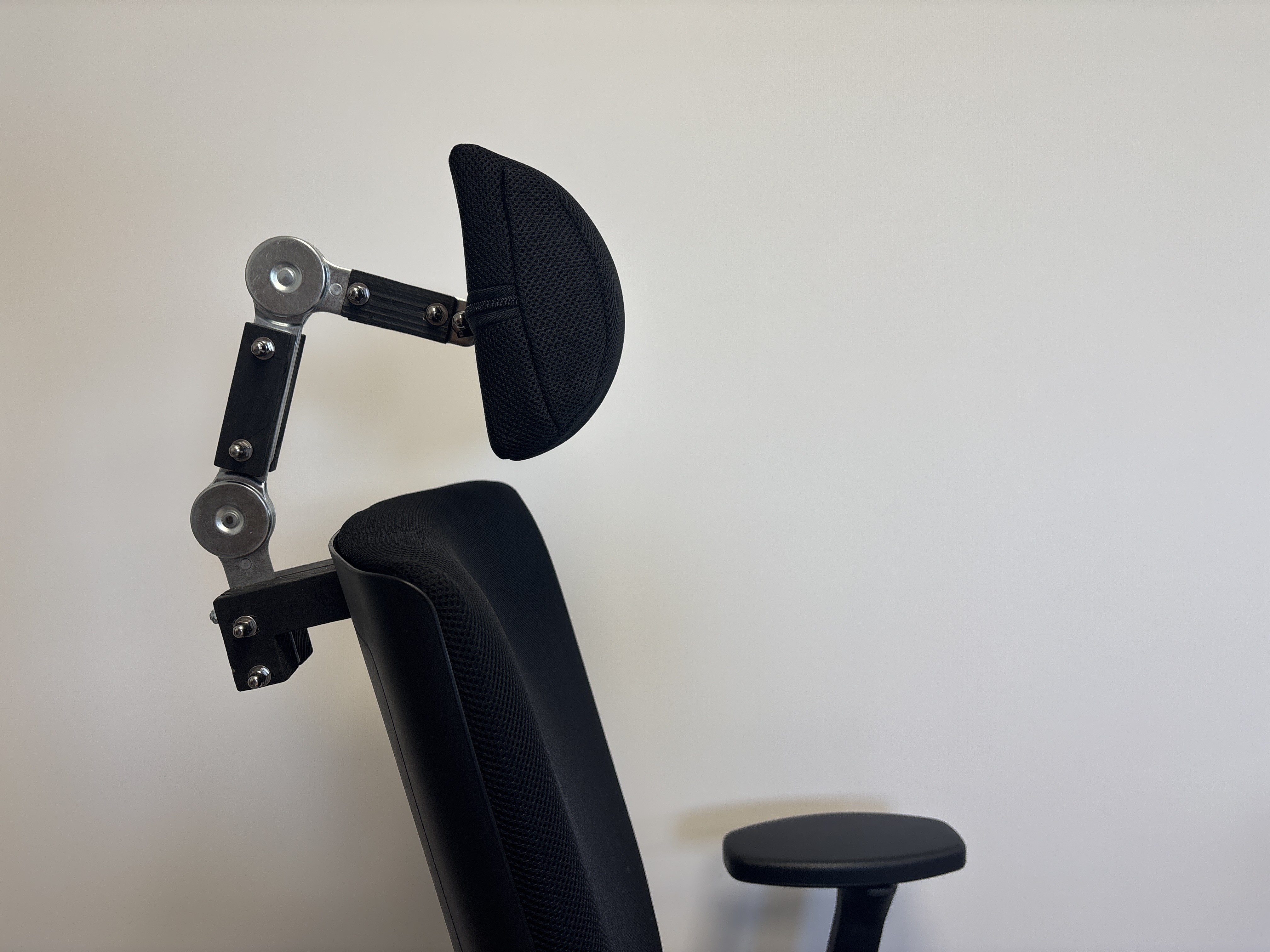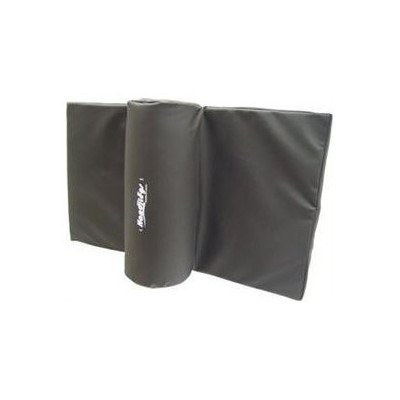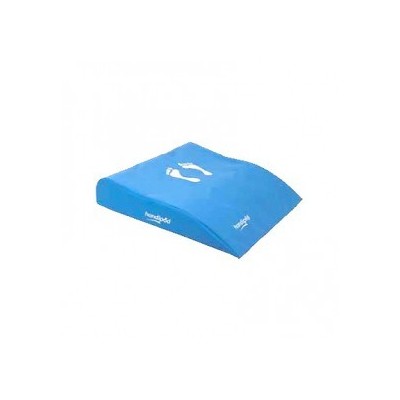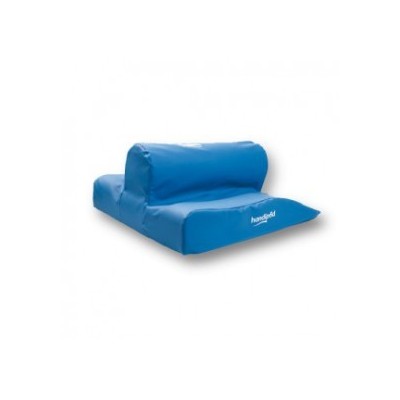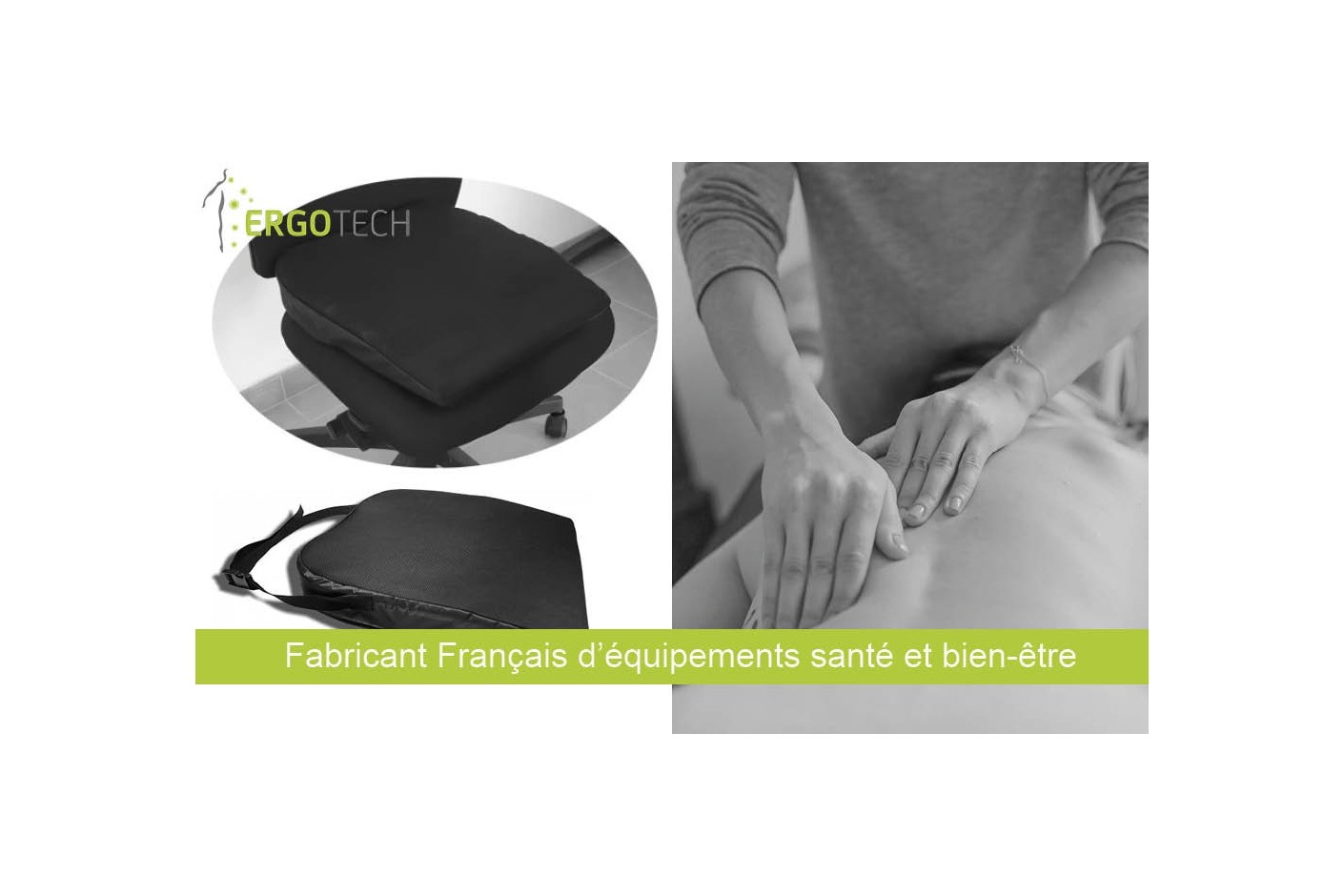
Pudendal Neuralgia: Why Does Sitting Hurt?
What Is Pudendal Neuralgia?
Why Does Pudendal Neuralgia Cause Pain While Sitting?
Pudendal neuralgia, also known as pudendalgia or Alcock’s canal syndrome, is caused by compression or injury that leads to inflammation of the pudendal nerve. This nerve is located in the pelvis and referred to as a "sacral" nerve, as it originates from the sacrum (the bone located between the spine and the coccyx). The sacral nerve consists of a primary root and secondary branches that merge to form the pudendal nerve. It is this nerve that is at the root of the condition and the associated pain.
What Triggers Pudendal Nerve Pain?
When someone suffers from pudendal neuralgia, the nerve is under pressure that may stem from various causes. The pudendal nerve and its different branches (perineal, anal, and dorsal) can become irritated in several situations: prolonged sitting, a bike seat that is too firm, or repeated impact to the pelvis may all lead to chronic pain if not addressed.

What Are the Symptoms of Pudendal Neuralgia?
Recognizing the Symptoms of Pudendal Neuralgia
The pudendal nerve syndrome is a little-known and often difficult-to-diagnose condition.
Pudendal neuralgia typically causes pain in the anus, rectum, urinary tract, perineum, and genital area.
In addition to pain caused by direct compression of the pudendal nerve, patients may experience other symptoms such as burning sensations or the feeling of a foreign object in the rectum or vagina. Constipation and incontinence can also occur.
Because the pain occurs around the perineum and genitals, patients often assume it is a gynecological or urological issue.
How to Live with Alcock’s Canal Syndrome?
When suffering from pudendal neuralgia, even everyday activities can trigger unbearable pain, especially those that contribute to pressure on the pudendal (or shameful) nerve. Working or traveling while seated can quickly become painful without proper treatment or equipment. Generally, the pain is more intense during the day and lessens at night or when lying down. However, this varies between individuals: for some, lying down can exert pressure on the coccyx and sacrum, worsening the pain. Standing is often more comfortable.
How to Relieve Pudendal Neuralgia?
How to Alleviate Pudendal Nerve Pain?
There is no definitive cure for pudendal neuralgia, but several methods can help relieve its symptoms. First, medications can be a great help: patients are often prescribed codeine, cortisone, or tramadol. These treatments aim to relieve pudendal nerve pain and are generally more effective than standard painkillers, but they are strong treatments that may come with side effects. While medication can ease the symptoms of pudendal neuralgia, they do not address the root cause, which must be treated for true relief.
Next, physical therapy or osteopathy sessions can help relax the pudendal nerve. Injections may also be used to deliver anesthetics and corticosteroids directly into the affected area to numb the pudendal nerve and ease the pain.
If these methods prove ineffective, surgical treatment may be considered to reduce pressure on the pudendal nerve. It's important to note, however, that surgery does not always lead to improvement. Some patients report no benefit, and in rare cases, new pain may occur.
This is why it’s crucial to fully understand your condition and the various treatment options available. Don’t hesitate to consult multiple pudendal neuralgia specialists for different opinions.
Our Ergotech Solution: Pudendal Cushion with Alcock’s Canal Offloading
We have developed a product to improve the daily lives of people suffering from pudendalgia: the Alcock-rest pudendal cushion. This Alcock’s canal cushion relieves pressure on the pudendal nerve.
The Alcock-rest provides full offloading from the sacrum to the perineum, reducing pressure on Alcock’s canal, where the pudendal nerve runs.
It is specifically designed for those suffering from pudendal neuralgia but can also help in other cases—such as cysts, hemorrhoids, or postpartum recovery.
Thanks to its integrated fluid pockets, this pudendal cushion is fully adaptable for maximum comfort. It can be used daily on a chair, office seat, or while driving.

